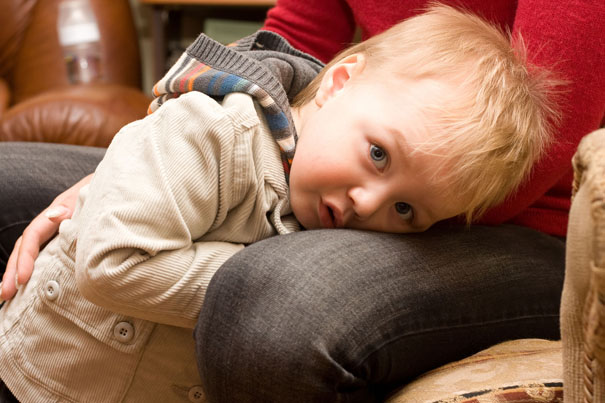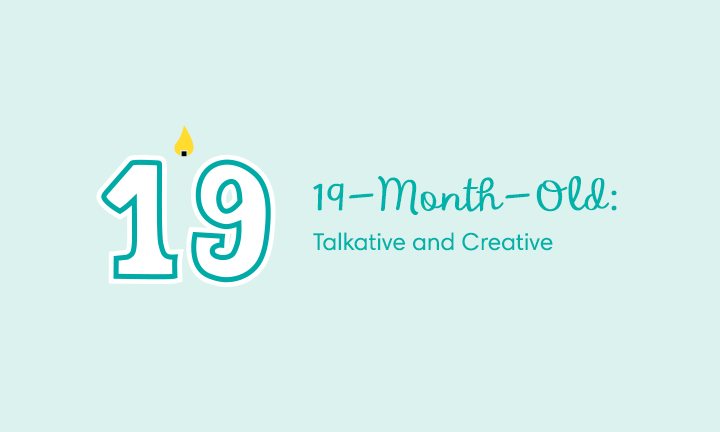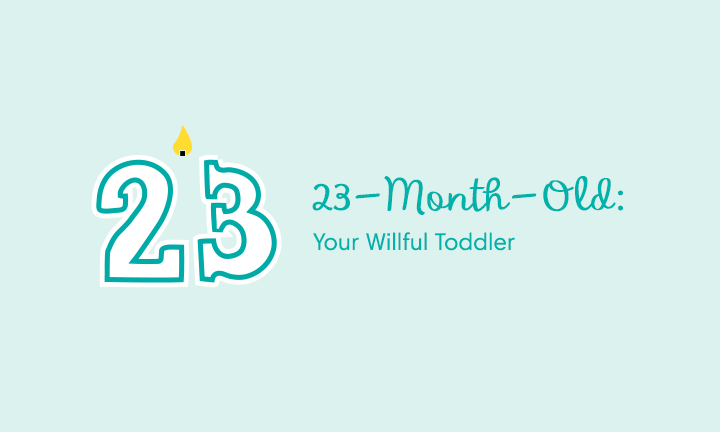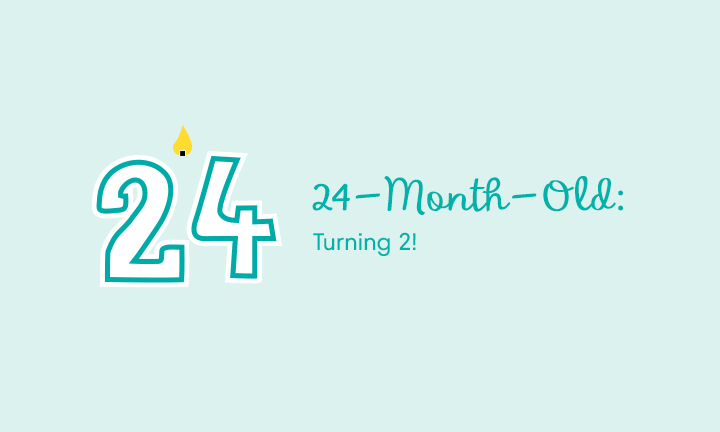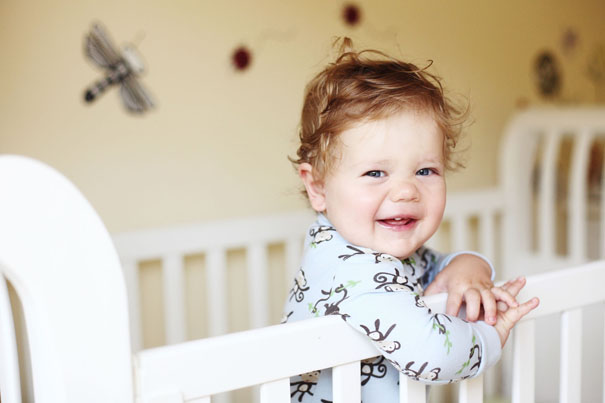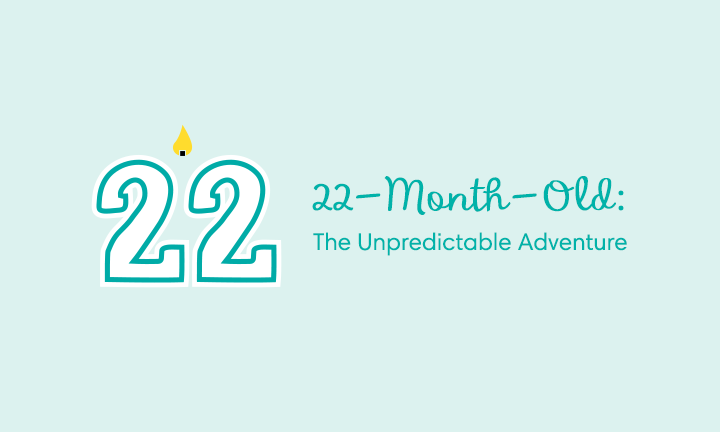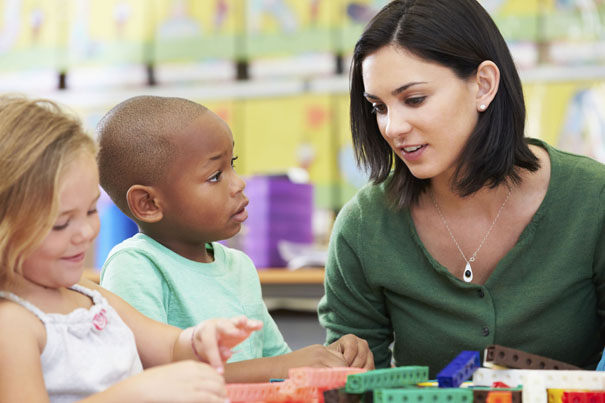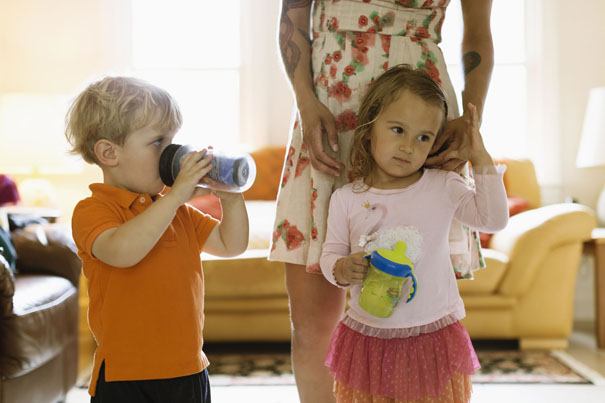
Language Development in Toddlers
Key Takeaways
During the toddler and early preschool stage, children are learning language by leaps and bounds. By now, your child should be able to put two (or more) words together in phrases or sentences. She may leave out some of the connectors and focus on the nouns and verbs, but if you fill in the blanks, she'll start to learn the little words too.
Here Are a Few More Language Milestones You Can Look Forward To
What does your child call herself? She'll go from using her name to saying "me" and then "I." She should also start using other pronouns soon. Expect to hear a few mistakes along the way.
Your child should be able to identify and maybe even name basic body parts. See how many she can do.
She should be starting to follow simple story lines in picture books. See if she can name the pictures on each page.
Your child is beginning to understand what prepositions mean. Ask her to play a game by putting her teddy "under the chair," "on the chair," and "next to the chair." By the time she's 3, even a string of five or six of these locator words won't trip her up.
Listen to your child's "mistakes." Children learn language by using rules they deduce for themselves. Although your toddler's guidelines may lead to faulty phrases, they'll give you insight into how she's learning. For example:
Some children veer toward being overly general: All dogs are "Rover." All older ladies are "Gamma."
Others are overly specific: Only Rover is "a dog"; other four-legged creatures must have other names.
Many children make irregulars regular: "One foots, two foots"; "Me go, he go"; "My truck broked."
Many also create new words (known as "neologisms"): A water fountain is a "crash water," a "markerer" is someone who uses markers to draw, a screwdriver (a hard word to pronounce) becomes a "squibus," and "spaghetti" (a very difficult word) may be shortened to "getti."
Don't worry about these mistakes. Your child will polish up her language herself if she's surrounded by good models.
How You Can Help: Use Gestures
Your child understands much more than she can express. At this age, she should be able to follow two-step commands (for example, "Go get your sweater and come to the door").
Gesture dramatically when you give your instructions, and she may even be able to do a series of three steps. Gestures and visual cues of all types help kids put the pieces of language together, so get those eyes and hands (and even those dancing feet) going for a lively, sustained conversation with your little one.
Read more about Toddler
Related Articles
Join a World of Support
through Pregnancy and Parenthood.
TRACK WITH TOOLS
LEARN WITH EXPERTS
GET REWARDED
